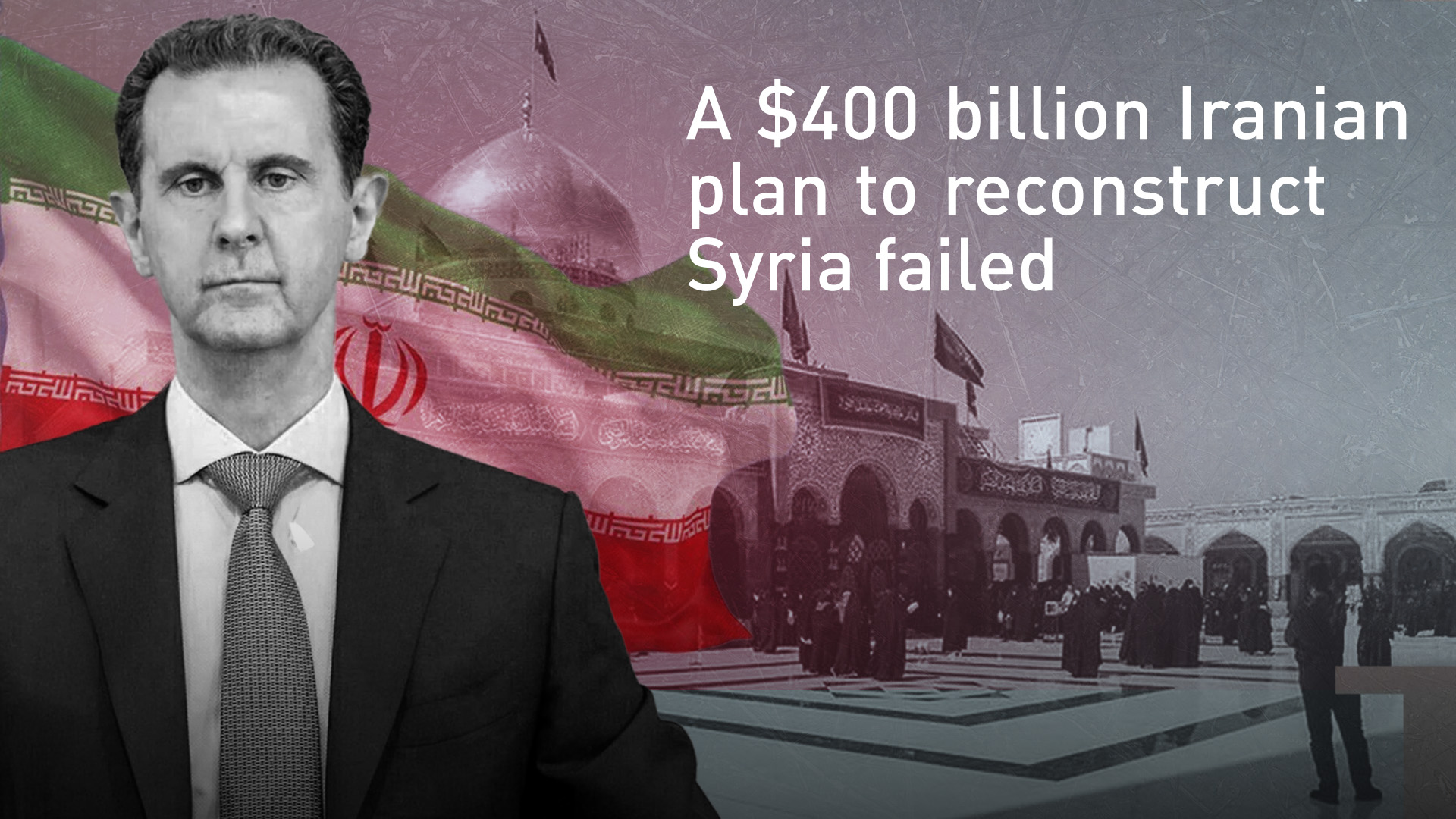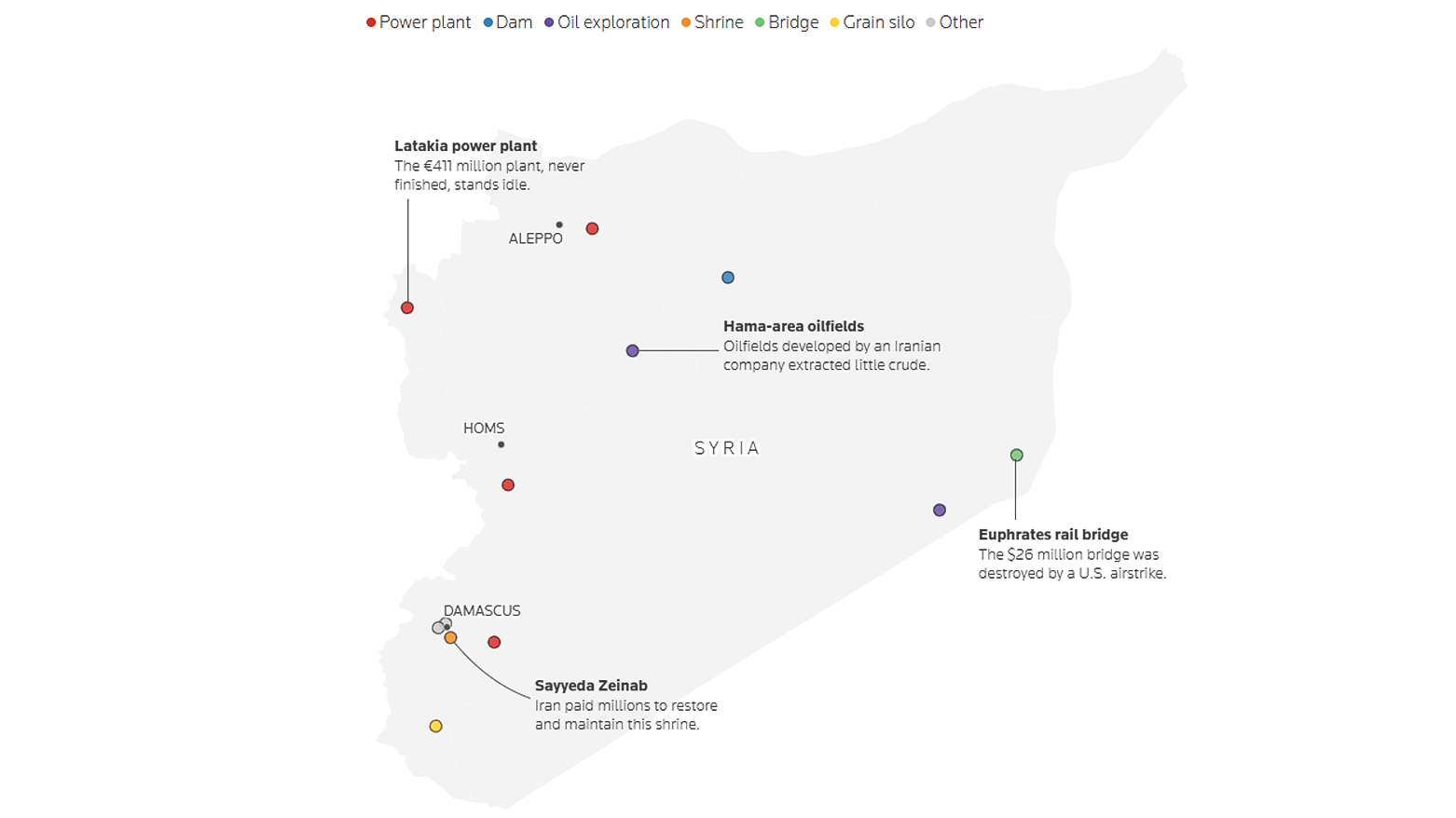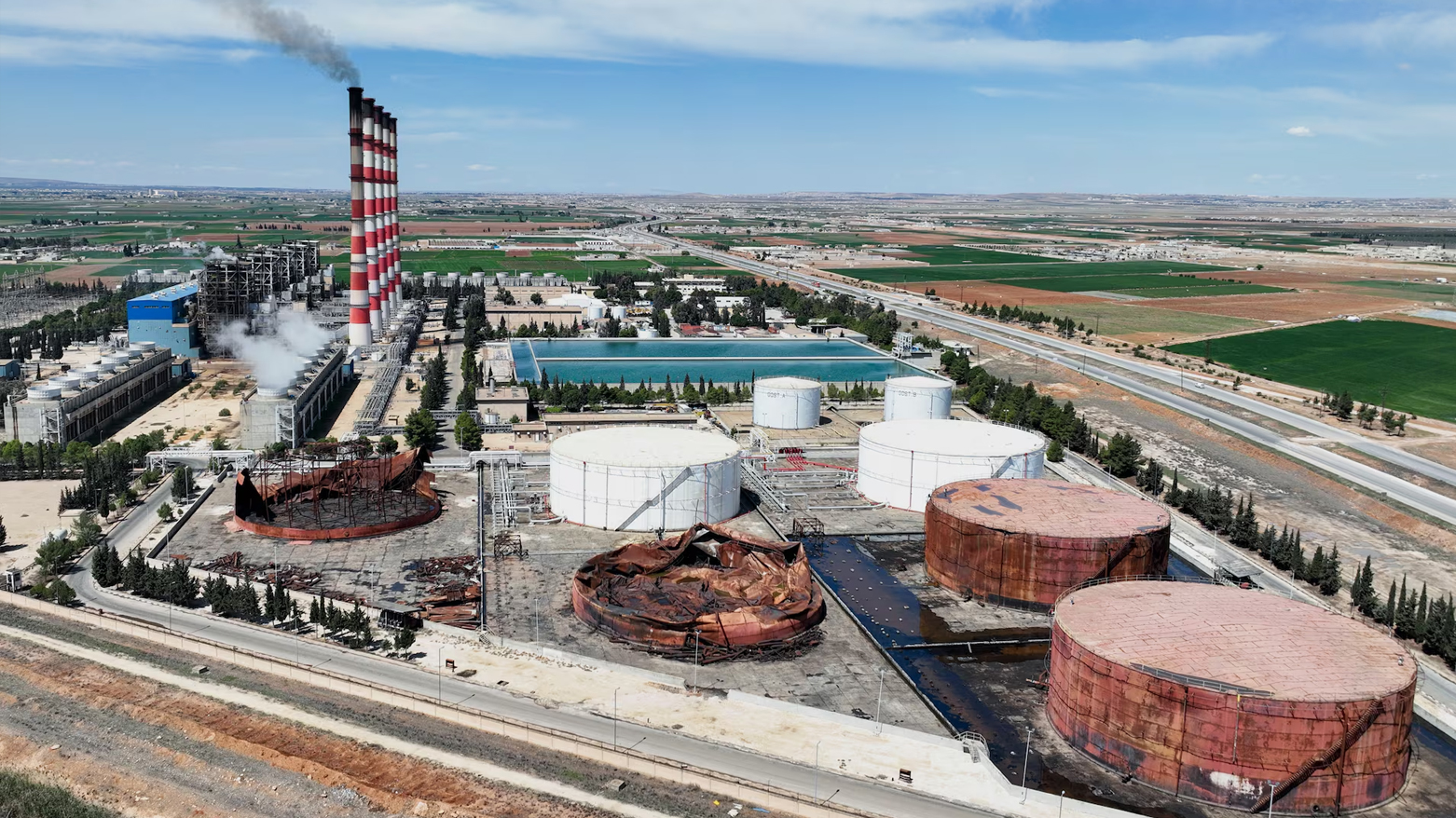Tehran’s Syrian Dream Crumbles: Secret Embassy Files Reveal Iran’s Failed Economic Empire Plan
The blueprint, discovered in December after the fall of Bashar al-Assad, reveals a sweeping plan to dominate Syria’s post-war landscape through investments in energy, construction, communications, and agriculture.

By Ahora Qadi
ERBIL (Kurdistan24) – What began as Iran’s bold vision to transform post-war Syria into a regional economic satellite — echoing the U.S. Marshall Plan in Europe — has instead ended in strategic failure and economic loss, according to secret Iranian documents uncovered by Reuters in the rubble of its Damascus embassy.
The classified 33-page strategy paper, authored by Iranian economic planners in Syria in May 2022, envisioned a $400 billion enterprise to rebuild Syria's infrastructure and bind Damascus economically and politically to Tehran. The blueprint, discovered in December after the fall of Bashar al-Assad, reveals a sweeping plan to dominate Syria’s post-war landscape through investments in energy, construction, communications, and agriculture.
But that dream shattered in December when rebel forces hostile to Iranian influence toppled Assad’s regime. Iranian personnel fled, the embassy was ransacked, and Tehran’s financial empire in Syria collapsed into unrecoverable debt and frozen infrastructure.
Marshall Plan, Iranian Edition
Drawing directly from the U.S. post-WWII reconstruction model, the Iranian strategy aimed to create "socio-cultural dependence" on Tehran through economic leverage. But unlike the American effort that rejuvenated Europe, Iran’s undertaking was stifled by corruption, mismanagement, sectarian conflict, and Western sanctions, and still the Iran’s foreign ministry didn’t comment on the findings.
Doomed Investments, Mounting Debt
The trove of embassy documents unearthed by Reuters journalists included contracts, correspondence, and internal memos detailing more than 40 Iranian-backed projects. These included:
A €411 million power plant in Latakia.
An abandoned oil project in eastern Syria.
A $26 million Euphrates bridge destroyed by U.S. airstrikes.
At least $178 million in unpaid invoices to Iranian firms — part of what former lawmakers estimate as $30 billion owed by Syria to Tehran.
Private Iranian trader Hassan Shakhesi told Reuters he lost €16 million worth of vehicle parts shipped to Syria before Assad’s fall. “I’d set up an office and home in Syria. That’s gone,” he said. “I hope Iran’s long history with Syria isn’t just wiped out.”

From Military Ally to Economic Casualty
Tehran's intervention in Syria’s civil war — once seen as a masterstroke that extended Iranian reach to the Mediterranean — now appears to have backfired. The loss of Assad comes as Iran reels from Israeli strikes on its regional proxies and mounting U.S. pressure over its nuclear program.
The Latakia power plant, built by Mapna Group, an Iranian state-linked infrastructure firm, exemplifies Tehran’s crumbling influence. According to internal letters, Syrian officials changed deal terms, failed to pay, and pushed subcontracts to Assad-linked firms. “Latakia was supposed to take 20 months starting in 2018. Now it’s frozen,” said a Syrian engineer involved in the project, who asked not to be named.
Economic Empire Undone by Sanctions, Corruption
Iran’s hopes were further undermined by logistical chaos, bureaucratic hurdles, and sanctions. Copper World, an Iranian wiring firm, claimed millions in losses after rebel attacks and unpaid contracts. Syrian intermediaries reportedly demanded bribes to proceed with deals. Currency fluctuations and unofficial payment channels left Iranian firms exposed and undercompensated.
Akbari, the IRGC commander overseeing economic operations in Syria, had championed the Marshall Plan approach. But documents found in the ransacked embassy — including letters signed by him — paint a picture of spiraling costs, bureaucratic friction, and broken promises.
Tehran’s Retreat, Rivals’ Advance
While Iran struggled, others moved in. Russia secured oil and gas deals and renewed control of Latakia port, sidelining Iran’s bid. Western sanctions, militant attacks, and local resentment have rendered Iran’s infrastructure investments ineffective and politically toxic.
As the new Syrian government navigates the ruins of Assad-era partnerships, many of Iran’s once-heralded projects remain unfinished, unpaid, or unwanted. And for the thousands of Syrians once employed by Iranian ventures, Iran’s hasty retreat has left a vacuum — both political and personal.
“The power plant was something for Syria’s future,” the Syrian engineer said. “Now it’s just another reminder of a past no one wants to return to.”

